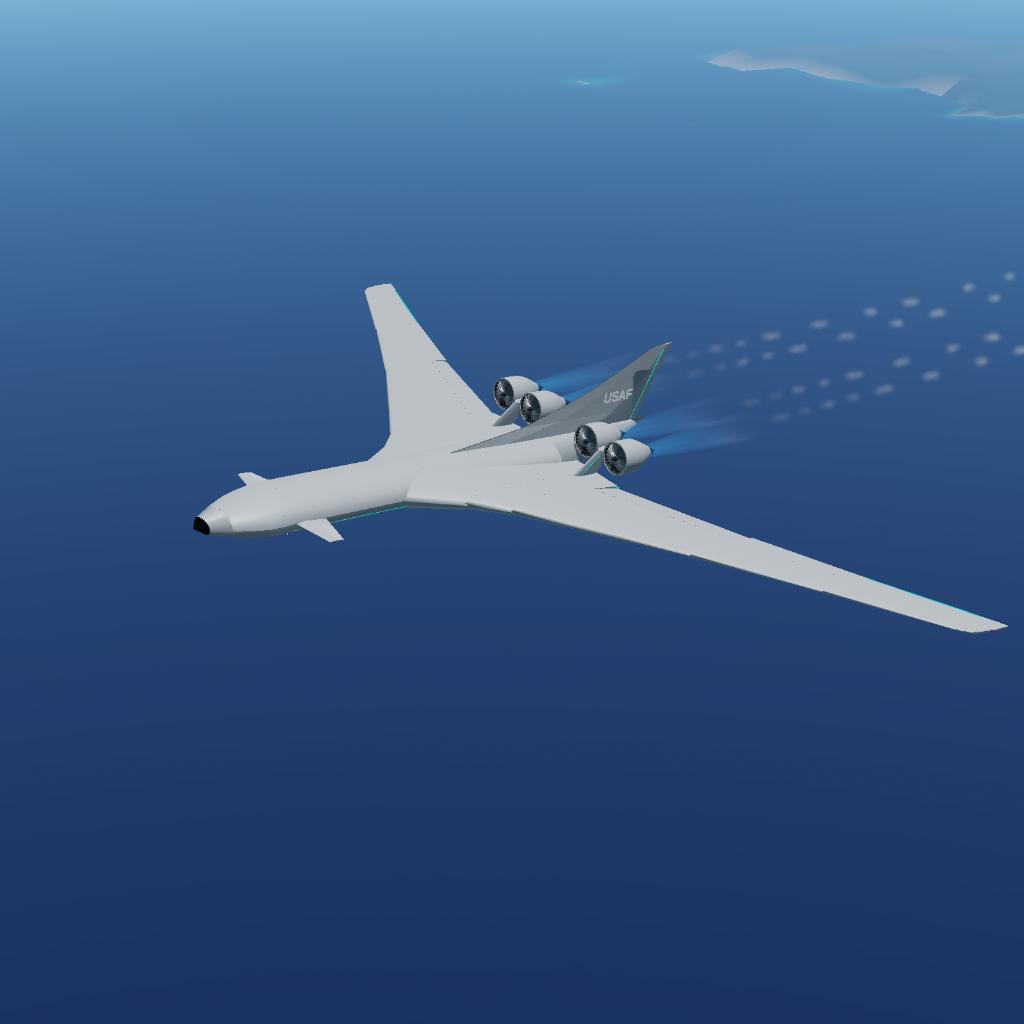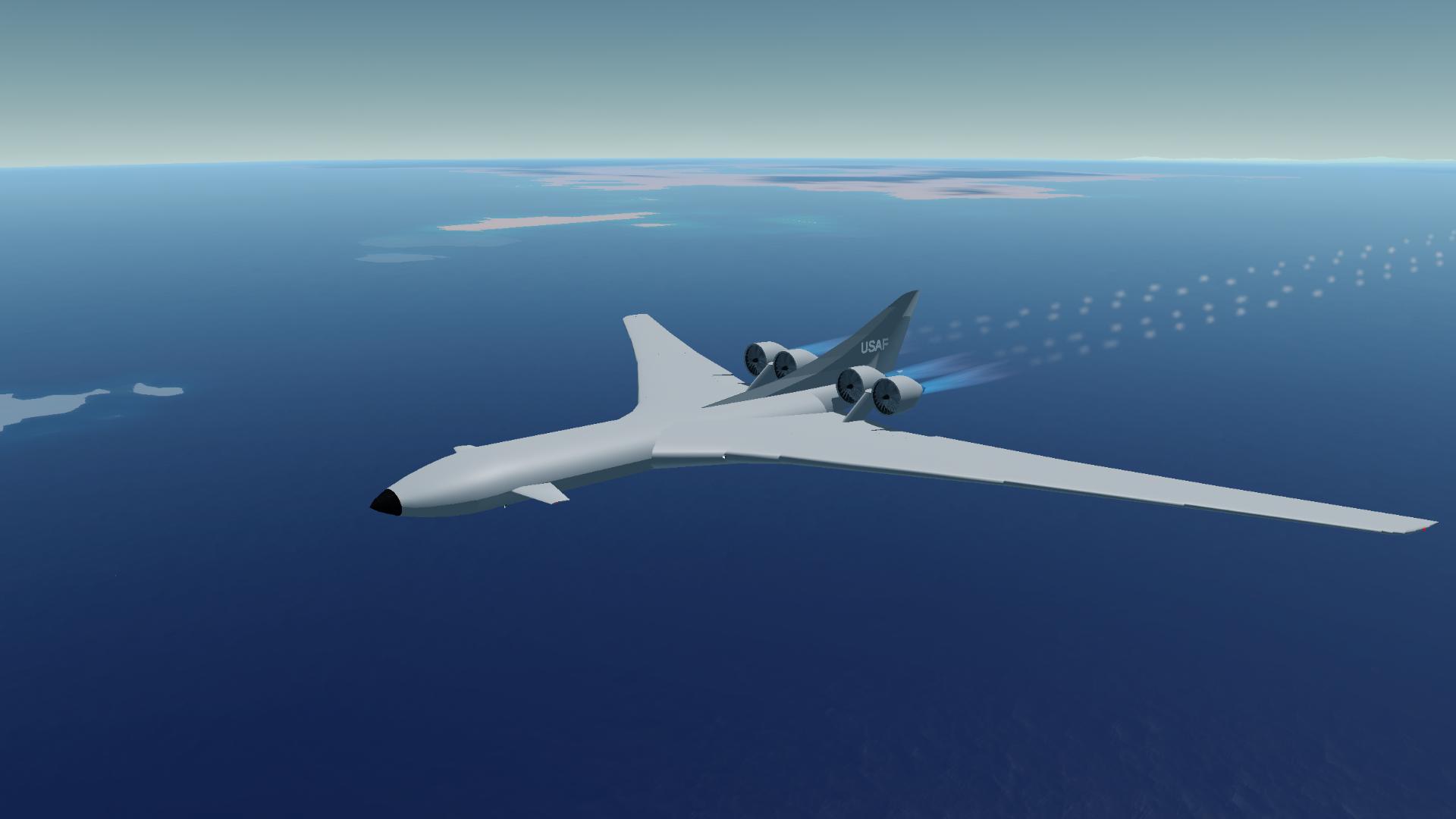Introduction to the Lockheed CL-1201 Aerospace Carrier
The Lockheed CL-1201 Aerospace Carrier is a conceptual nuclear-powered aircraft that was proposed by Lockheed Corporation in the 1960s. The project aimed to design a super-large aircraft capable of deploying and recovering fighter jets in the air, similar to traditional naval aircraft carriers yet with broader strategic deployment capabilities. The design of the CL-1201 included a series of revolutionary technological features, such as a nuclear propulsion system and an enormous wingspan, enabling it to carry a large number of combat and transport aircraft.
Technical Specifications and Design Features
The CL-1201 had a wingspan approximately six times that of the Boeing 747, with an empty weight of over 5,300 tons. Its design featured four large turbofan engines and up to 182 auxiliary engines to support its massive structure and weight. The aircraft was equipped with a nuclear reactor system internally, theoretically allowing for up to 41 days of continuous in-air flight, enabling long-distance strategic missions without external refueling.
The design of the CL-1201 also included the capability to carry up to 22 F-4 Phantom II fighters, which could be launched and recovered through interfaces under the wings. Additionally, the aircraft could launch cruise missiles and, if necessary, serve as an aerial base for the delivery of ground troops.
Project Progress and Current Status
Despite generating significant interest at the time, the CL-1201 project did not proceed to the construction phase due to a variety of technical and practical challenges. The application of nuclear power in aircraft faced substantial technological hurdles, including issues with cooling systems, radiation protection, and potential environmental risks. Moreover, the massive size and weight of the CL-1201 posed significant challenges for takeoff, landing, and logistical maintenance.
Presently, information on the Lockheed CL-1201 primarily consists of design sketches and conceptual discussions, with no records indicating that the aircraft was ever built or tested. Over time, the CL-1201 has come to be seen more as an example of the exploration of aerospace engineering and military strategy during the Cold War era, rather than a project poised for realization .
GENERAL INFO
- Successors 2 craft(s) +7 bonus
- Created On: Android
- Game Version: 1.3.114.0
- Price: $10,817,029k
- Number of Parts: 426
- Dimensions: 48 m x 377 m x 231 m
PERFORMANCE
- Total Delta V: 42.9km/s
- Total Thrust: 309.3MN
- Engines: 160
- Wet Mass: 6.04E+5kg
- Dry Mass: 6.03E+5kg
STAGES
| Stage | Engines | Delta V | Thrust | Burn | Mass |
|---|---|---|---|---|---|
| 1 | 8 | 42.9km/s | 309.3MN | 3.81days | 6.04E+5kg |









